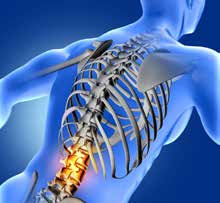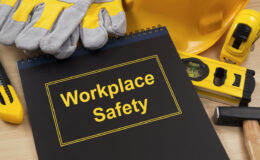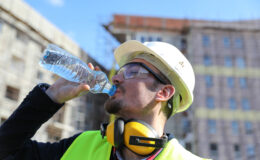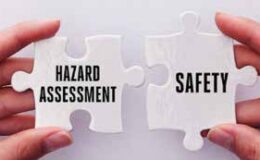By Donna Motley, Vice President of Claims
Statistics indicate 70% to 80% of individuals experience low back pain in their lifetime. I think most likely, everyone has had a sore back at some point in time.Think back to the last time you were working in your yard or garden, washing your car, cleaning your house, playing with your children/grandchildren. Or maybe your sore back is simply the result of an old bed mattress, saggy couch, sitting in one position for too long or driving a long distance. Could be anything.
A sore back can be the result of lifting, pushing, pulling, holding, carrying, throwing, slip/trip with a fall or without a fall, extended leaning, falling from ground level, falling from a height, climbing, bending, crawling, reaching, twisting, stepping, motor vehicle accident and repetitive motions.
Now, take it to the workplace ! Property Casualty 360.com lists the top 10 most common and costly work place injuries. It was reported that in 2013 the top injuries that could easily include a back injury were: Overexertion, Falls, Being struck by an object, Motor Vehicle Accidents, Slip/Trip and Repetitive motions. The total cost of the most disabling workplace injuries totaled $61.88 Billion. The cost of the “top” ten most disabling workplace injuries totaled $51.06 Billion.
On Health.com reports that as of 2017, number 9 of the top 18 most “expensive” United States medical conditions is “back problems”.
Back problem symptoms include muscle spasms, muscle tension, low back pain, neck pain, numbness/ tingling of arms/legs, pinching sensation, hip/knee/ ankle/foot problems, hand/wrist/elbow/shoulder problems, headaches and burning sensation.
What’s the solution? There is the usual, eat healthy, exercise, get plenty of sleep, drink plenty of water, limit alcohol, don’t smoke – everything that is recommended for a healthy lifestyle. But when a problem arises, physical therapy may be the answer. Physical therapy can provide a wide variety of treatment options. Manual therapy, or “hands on” therapy manipulates soft tissue, adding pressure to the muscles which help to relax the muscle and increase circulation. (Ever wonder why you feel so much better after a massage?) Manual therapy can break up scar tissue and reduce or eliminate inflammation. Physical therapy can provide joint mobilization/manipulation, balance training, corrective exercises, neuro muscular conditioning, patient education and dry needling (which is similar to acupuncture).
Early intervention, treatment within 15 days of symptom onset, is best. The good news is that, in Michigan, a physician’s prescription is not required to attend physical therapy. However, you might want to check with your health insurance to see if they would pay for therapy without a doctor’s order. A therapist should provide an assessment and a personalized plan of care based on the injury, pain or musculoskeletal complaint. The plan should include information about the injury/ condition as well as the next steps for the recovery process, which may include, if indicated, a follow up with a physician.
Early intervention has resulted in lower overall treatment costs, less severe forms of treatment (i.e. injections) and avoiding surgical intervention. Blue Cross/Blue Shield of South Carolina reported that direct access to physical therapy led to a 31% reduction in total health care costs; an 80% decrease in the patient’s out of pocket costs; and a 90% reduction in opioid use.
Physical therapists are required to have a degree and state license. Treating physicians rely on the reports and recommendations of the physical therapist in determining course of treatment. Physical therapy has been proved to mobilize joints, reduce pain, correct joint mechanics and allow a return to exercise – overall, a return to your daily activities!






